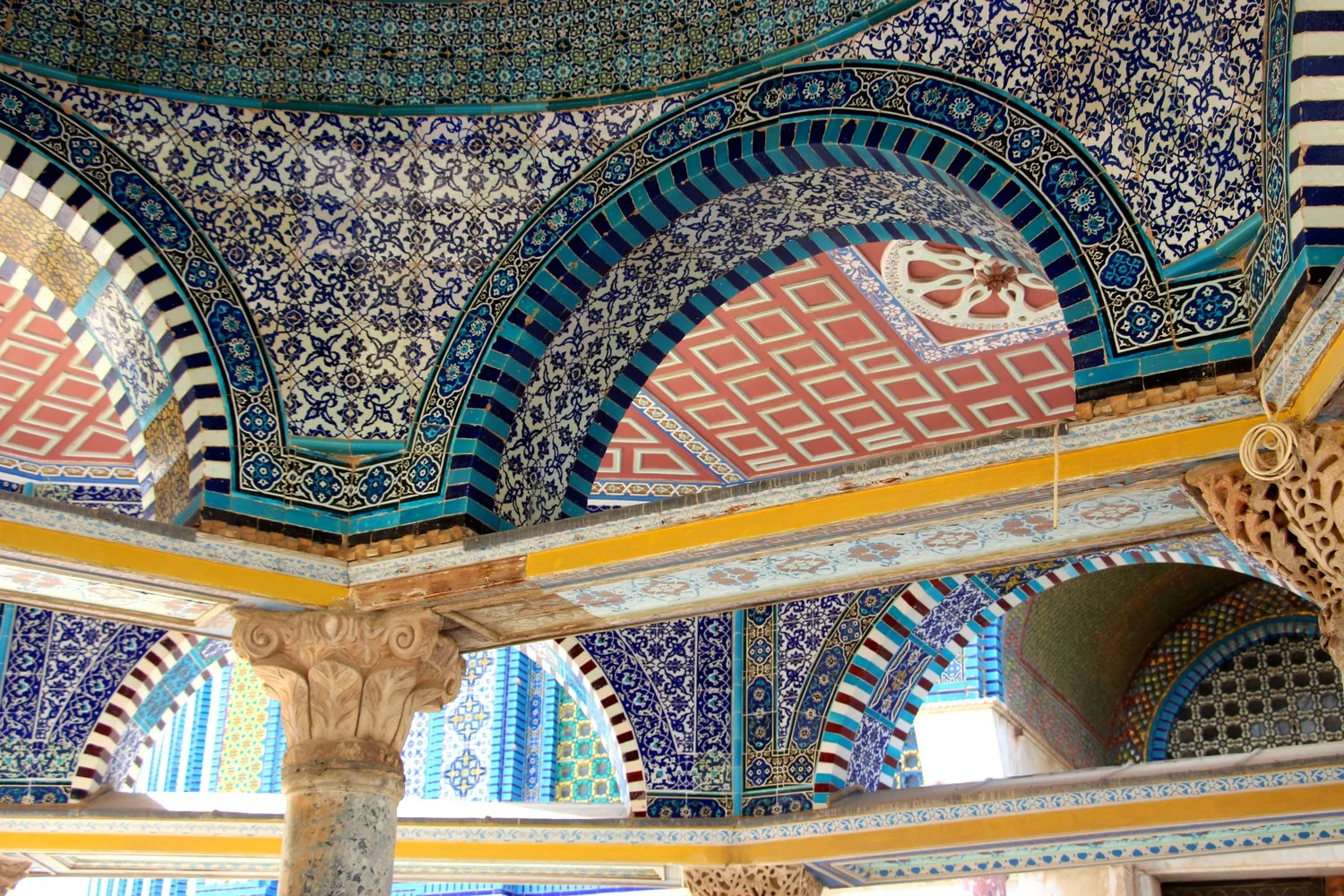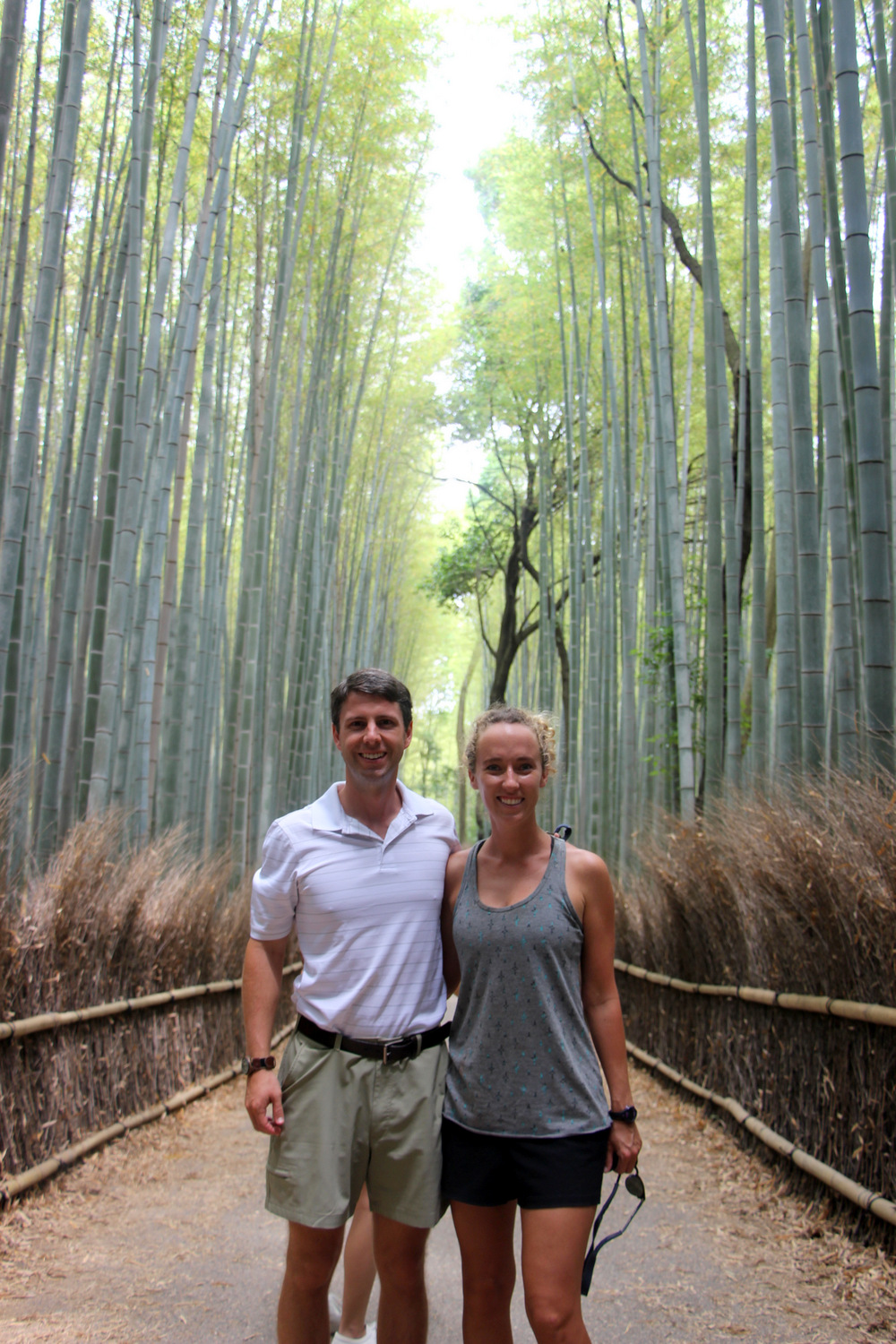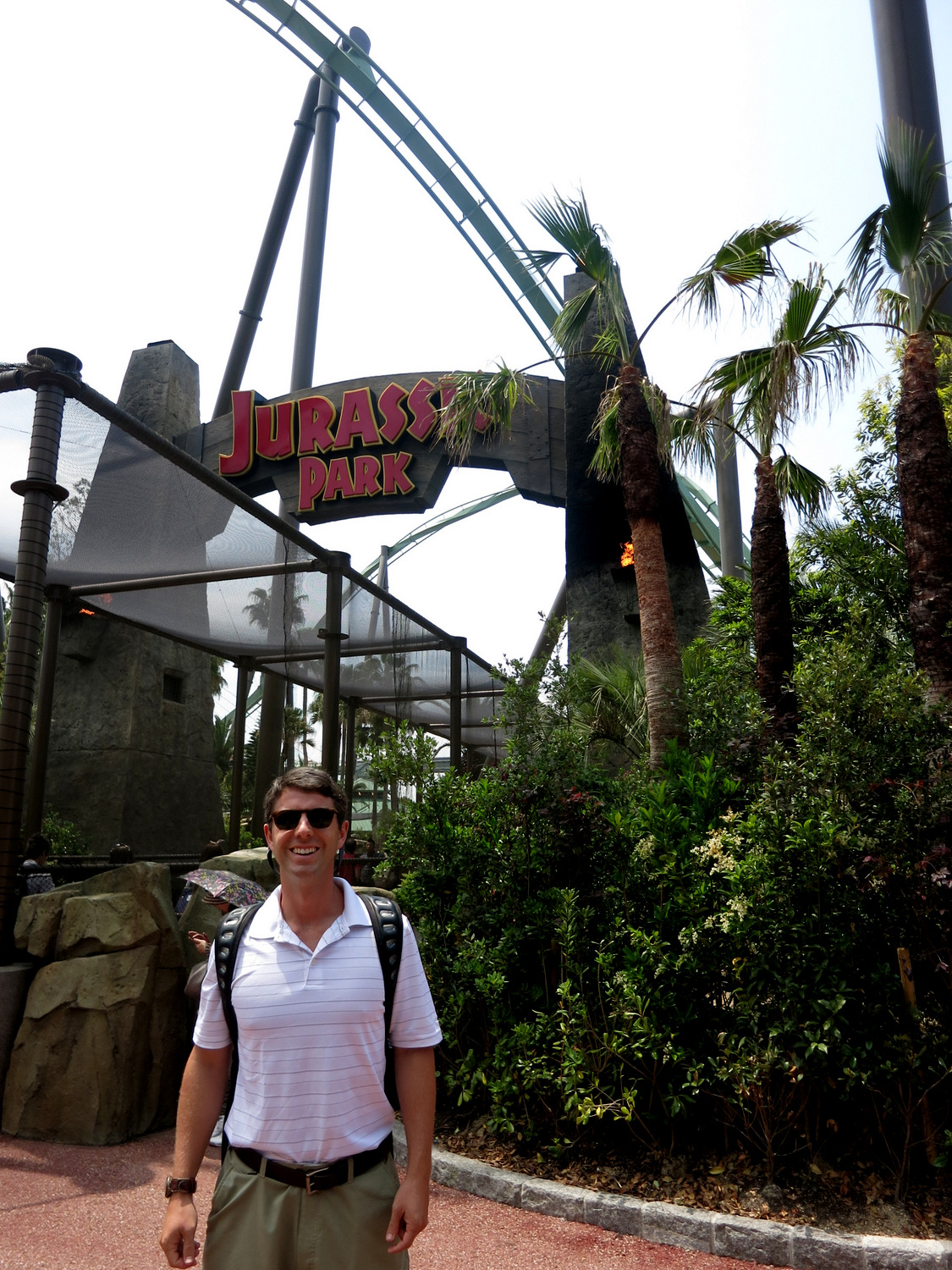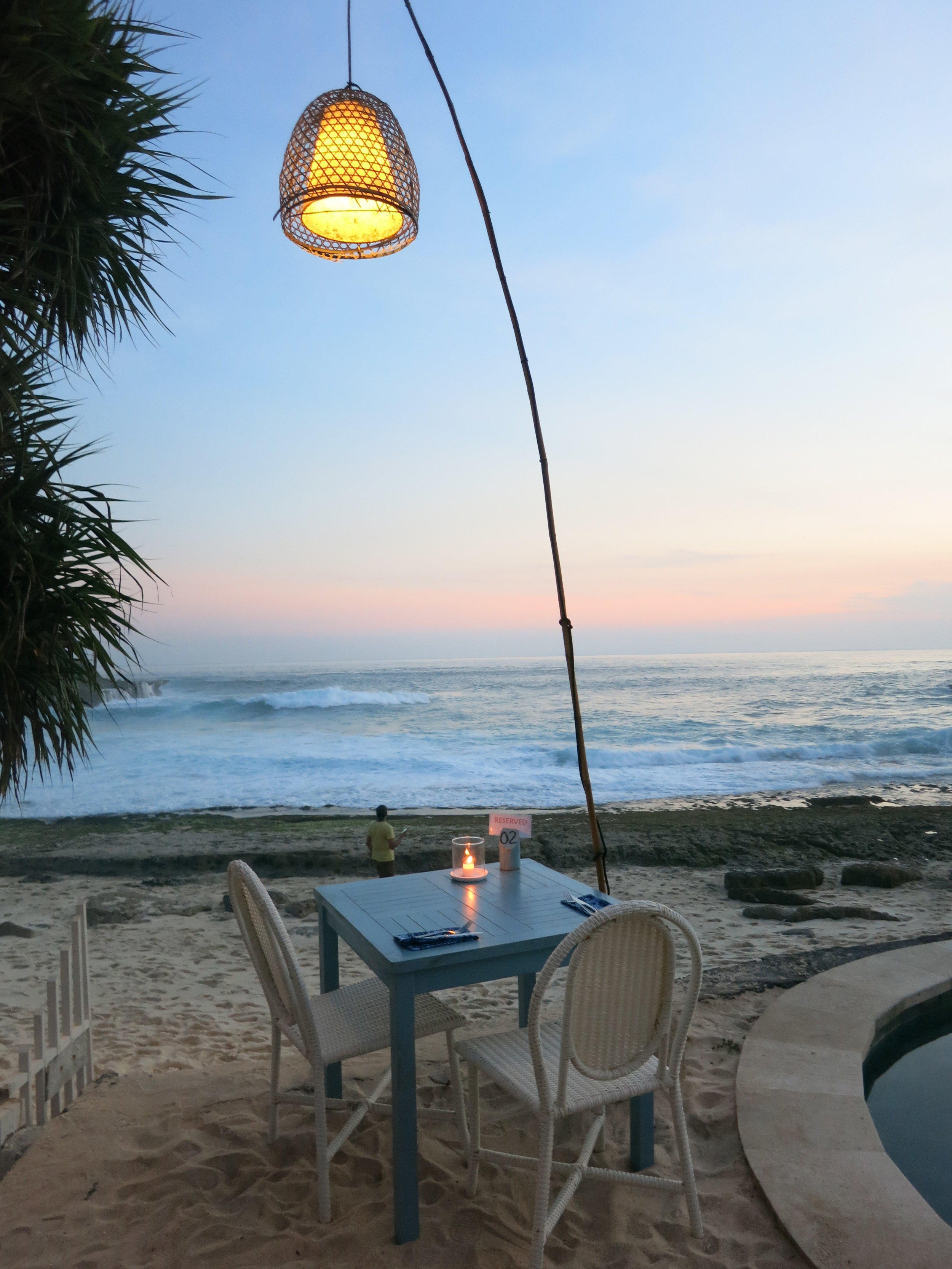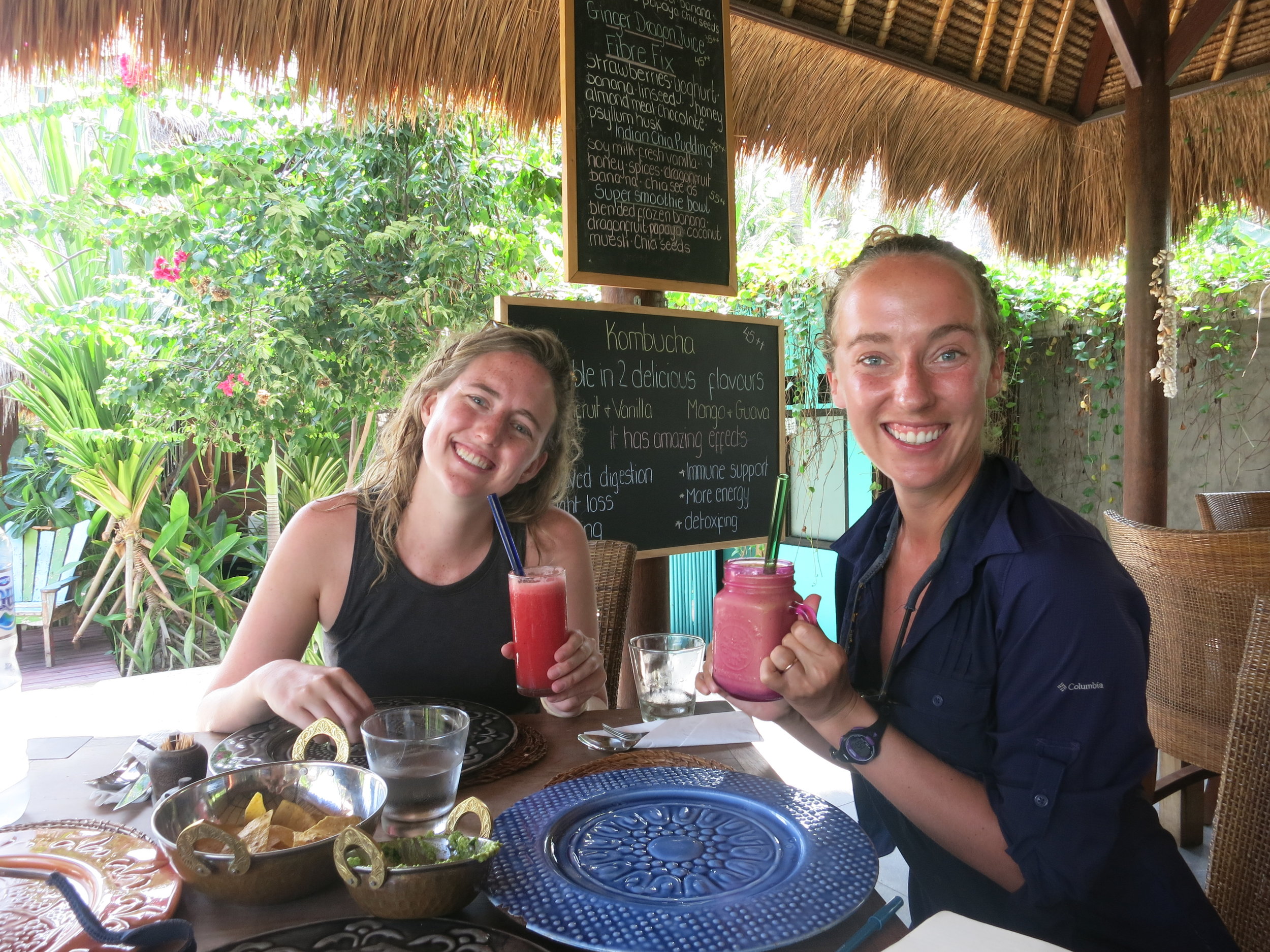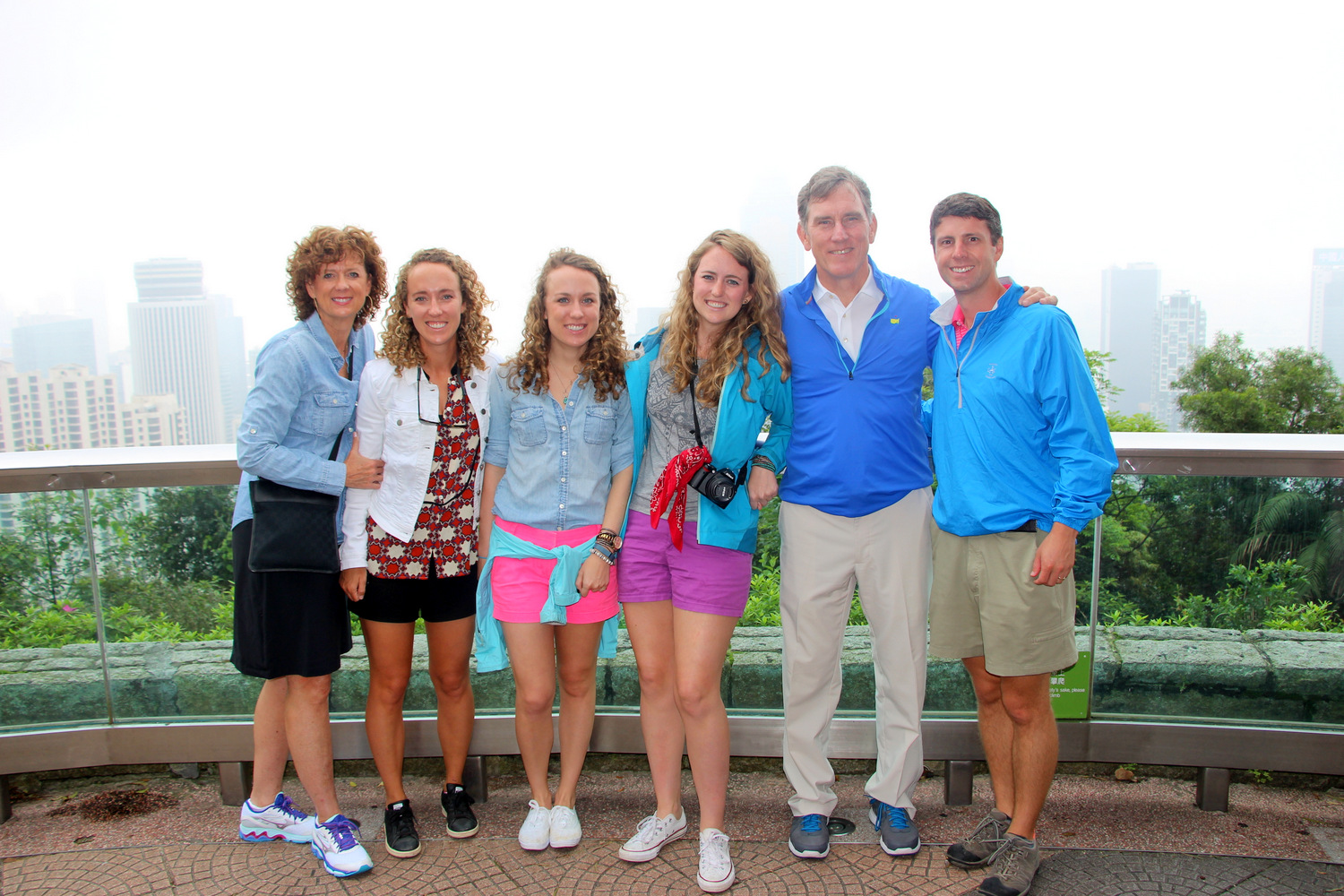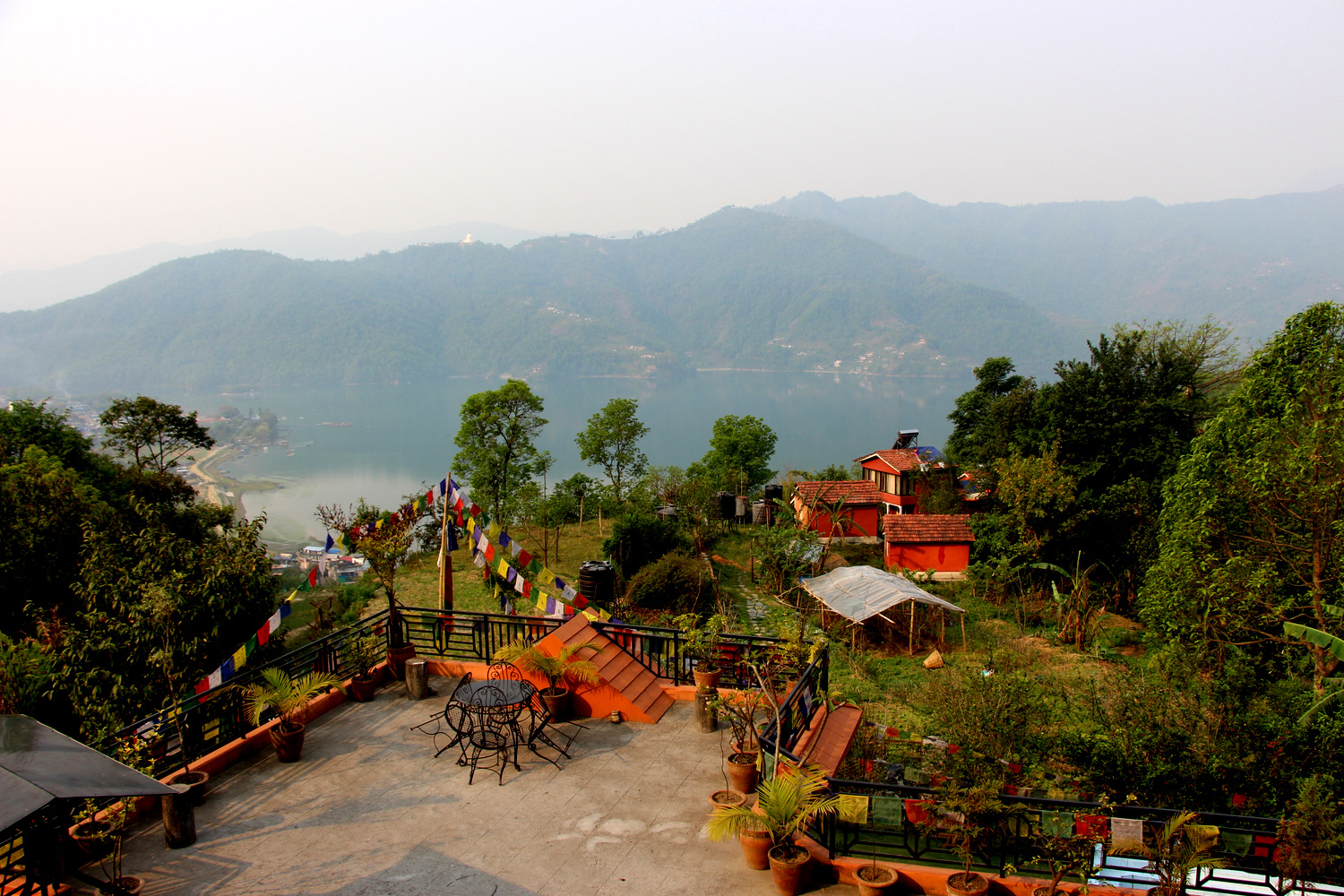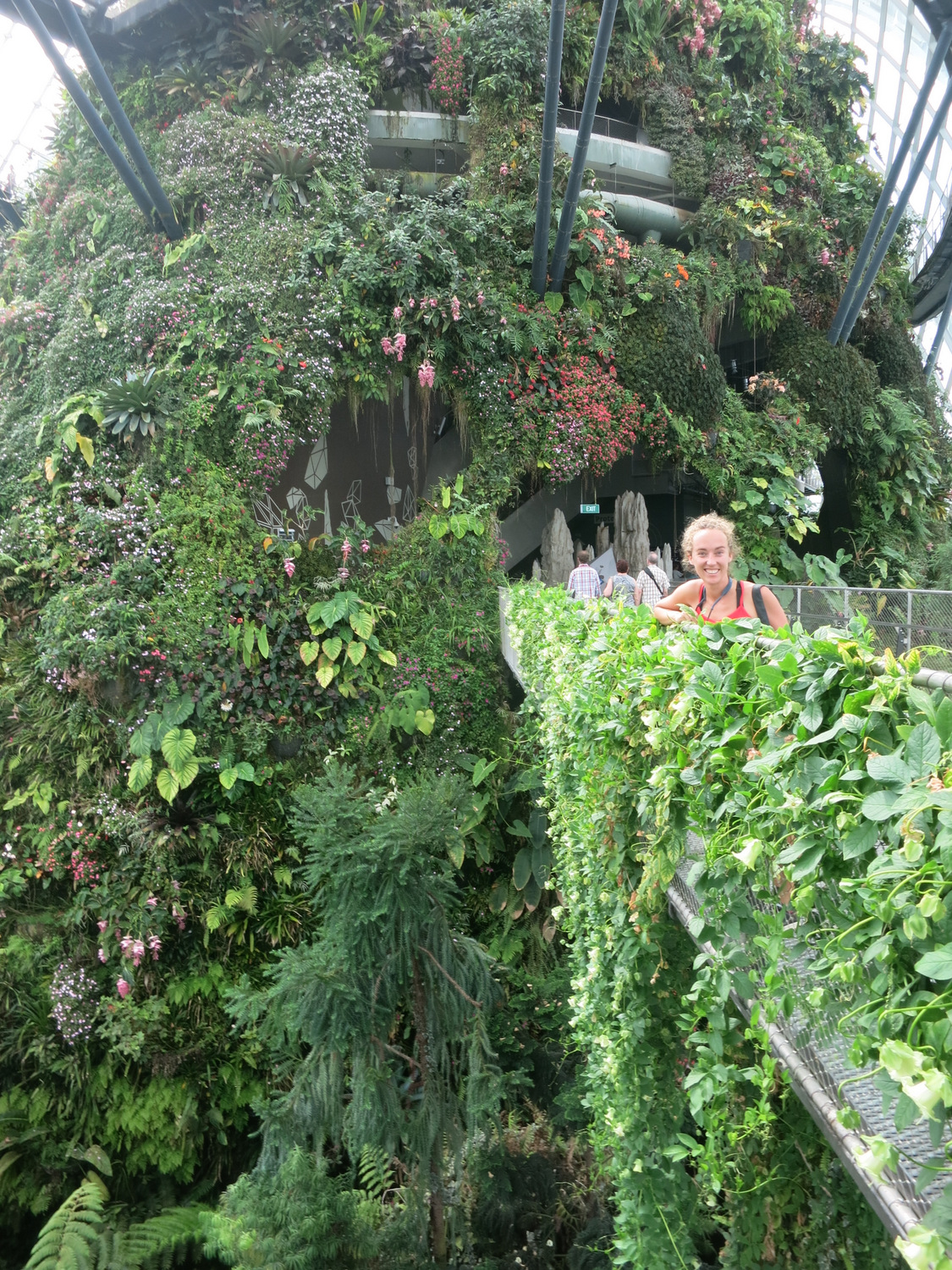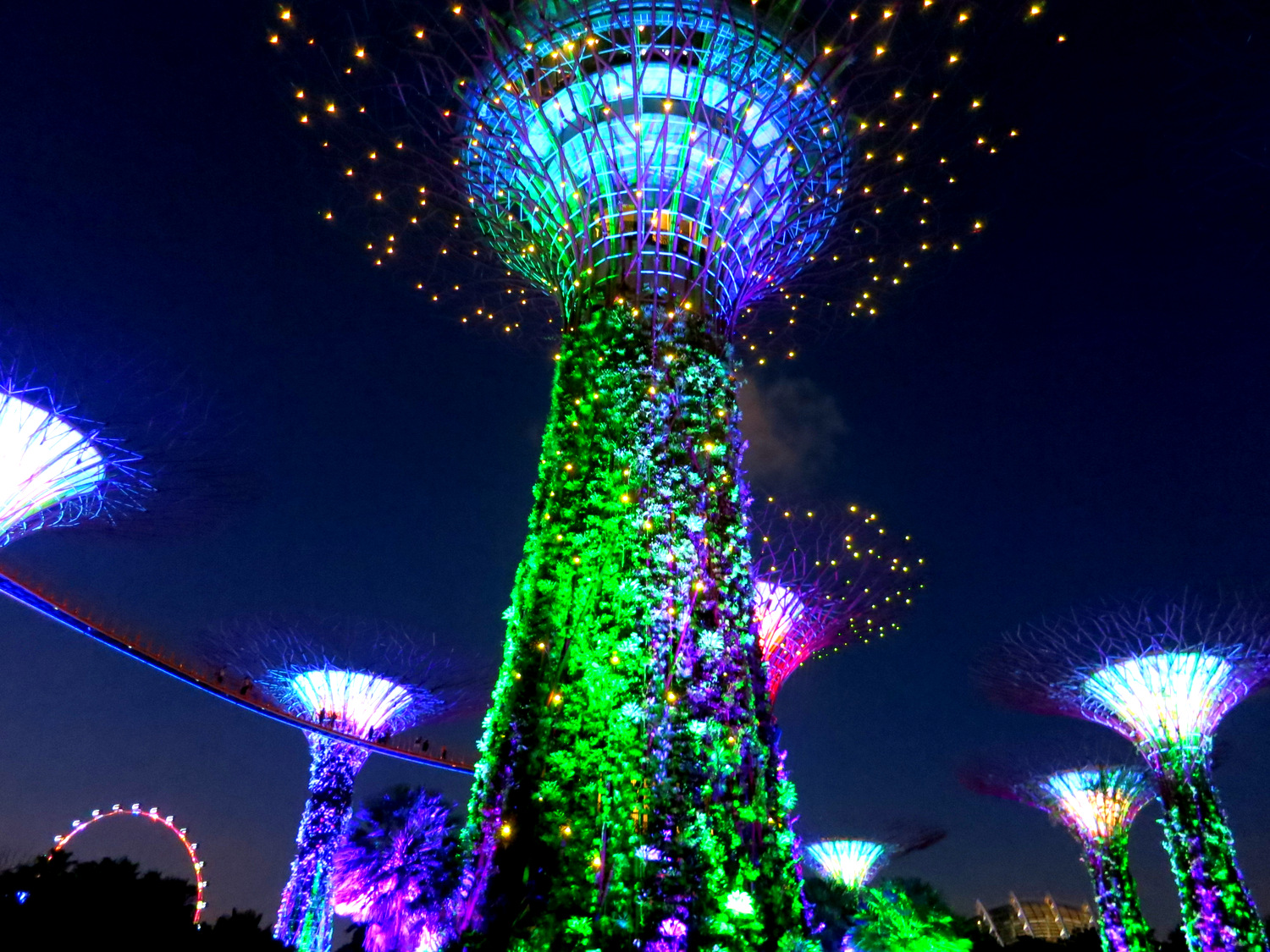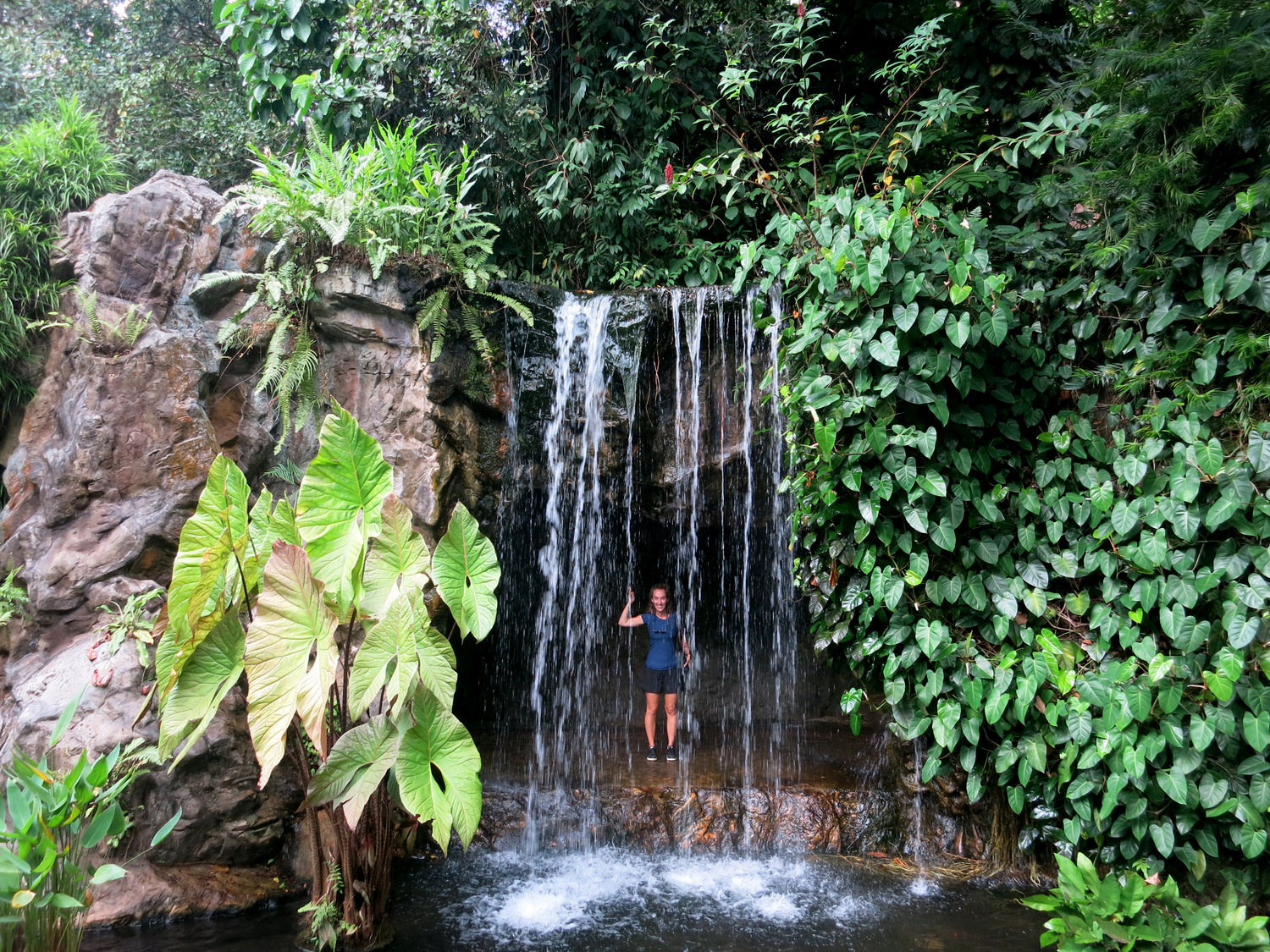Switzerland: Swiss-chic and Swiss-pensive
We’re lucky to have wonderful friends and family. And we have no issue riding their coattails to fabulous opportunities. For example: when Ryan’s sister got an opportunity to be a visiting resident at the Paul Scherrer Institute in Zurich for the summer, we decided to crash in her apartment and make a family trip out of it!
Zurich is a fabulous city and the center of Swiss life. It has everything we love about cities: convenient and efficient transportation, exceptional restaurants, world class museums, and activities of all types. Our favorite attractions won’t surprise anyone: Chocolates and Clocks! To satisfy the clock enthusiast, we recommend you visit the clock and watch museum, which was absolutely fascinating. Displaying the history of clocks that starts at about 1400 BC, this museum spans the diversity and necessity of timekeeping.
Of course a highlight in Zurich is simply experiencing the city, whether its sampling the delicious food trucks at the Guter Garten Festival, picnicking along the gorgeous Limmat River, or jumping into the river from an overhanging bridge (we weren’t the only ones!). Zurich also has tons of attractions just outside the city, and our favorite was the easy 2-hour hike from Uetliberg to Felsenegg, which is easily accessible by train.
Our first stop outside of Zurich was the fantastic Zermatt, where we stayed at one of our favorite hotels Coeur des Alpes. They have a fabulous penthouse apartment where we stayed together and even cooked a delicious family meal. The included breakfast was spectacular, and the décor is quintisential Swiss chic! The basement spa was glamorous and a treat. Worth noting that most spa sections are nude and co-ed, which was a little too much for this American to handle!
Zermatt is a skiing town in the winter and a hiking town in the summer. We took a cable car up to enjoy hikes around the spectacular Matterhorn peak. We swear the air added years to our life. We lunched at the chic Chez Vrony, and vowed to come back in the winter to enjoy the apres ski life!
Our other destination outside of Zurich was a highlight. We took a train to a town outside of Bern for an unforgettable glamping experience at La Pinte du Vieux Manoir. This was absolutely one of our most glamorous glamping stays. The property boasts a Michelin star chef who prepares all meals, both in their farm-to-table restaurant and for the breakfast delivered straight to our cabin! The property is set on a gorgeous lake, and there is a two-bedroom lake house or a tree house option. We even took a quick turn across the lake at a neighboring vineyard and, since Switzerland produces exceptional wine but doesn’t export it, stocked up on some souviners to take home. Read more about our experience here.
While our time in Switzerland was brief, it was the perfect bridge back to civilization and home. Our trip certainly ended much different than how it began in Africa, but that contrast was present with every new continent we visited. No matter the differences, all held tremendous value, and we’re grateful that each place showed us it’s culture. What they shared will be a part of us forever.



